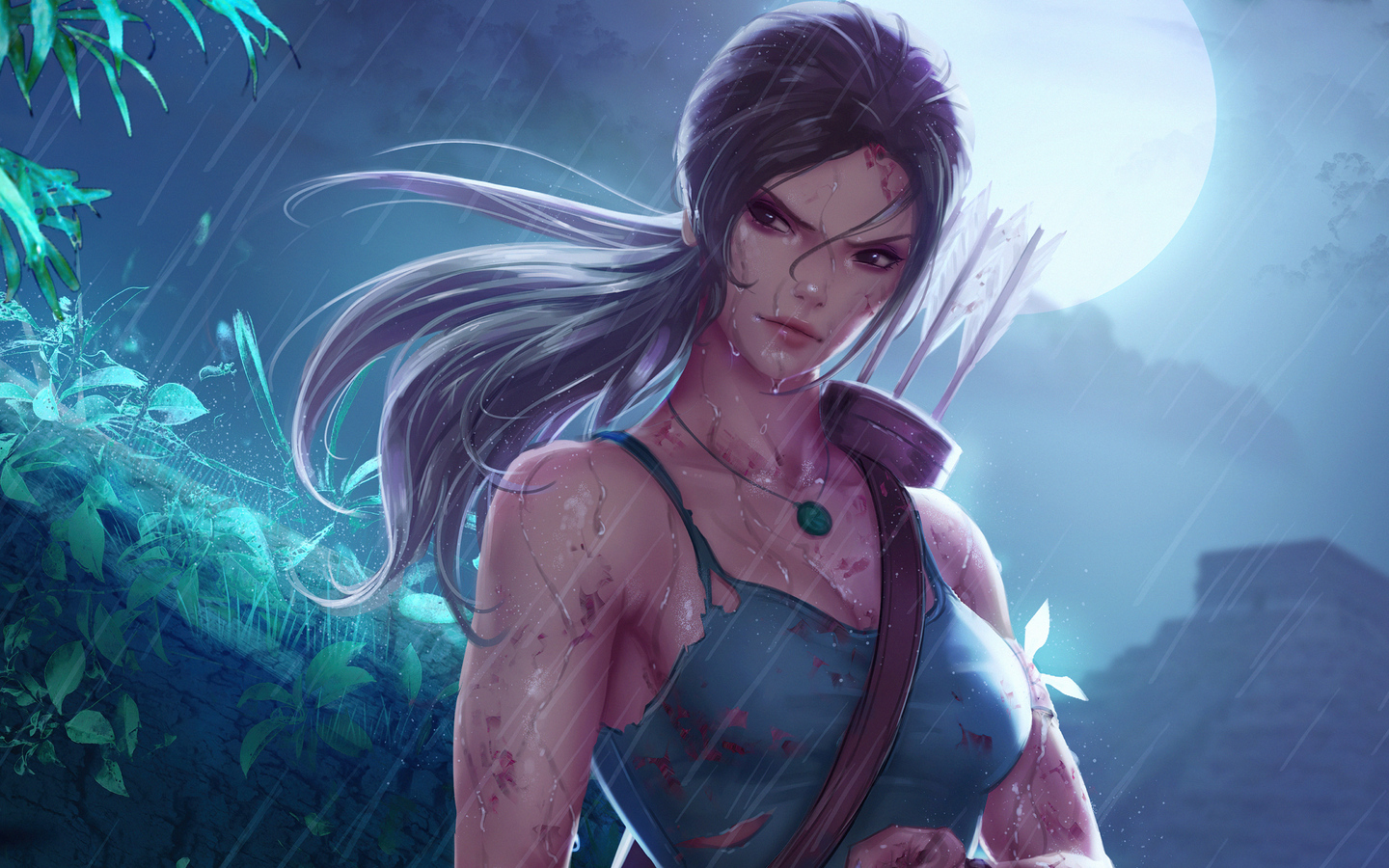


The latter was a particularly big help, as I didn't nearly scratch my head with the game's puzzles as often as I did through Rise of the Tomb Raider. For example, they can set the game's enemies to be relentlessly difficult, while setting the game's puzzles to an easier setting, which will offer up clear markers painted in the environment to help point the player in the right direction. Settings have separated out to address combat and exploration, allowing players to mix and match their difficulty settings as they see fit. It's no longer a straightforward selection of easy, medium, or hard. Those accustomed to the Tomb Raider's difficulty levels will be relieved to hear that these settings have been refined for this final chapter. Today, it was time to find out what happened after Lara claimed the Mayan dagger, which foretold the coming of the Mayan apocalypse. I was fairly familiar with the game's introduction, having joined Lara in her continued hunt for Trinity and her excursion through the game's first tomb shortly following the game's original announcement presentation. To get an idea of what's ahead of Lara Croft, Shacknews went hands-on with the third chapter in the rebooted Tomb Raider trilogy once again. Part of reaching that character climax involves investigating a mysterious prophecy that points to a full-blown cataclysm. Her character arc is set to hit its apex in the upcoming Shadow of the Tomb Raider, a game that Square Enix, Eidos Montreal, and Crystal Dynamics have repeatedly stated will represent Lara Croft's defining moment. Lara Croft started out a plucky survivor, inexperienced to the world around her and someone hardened by her surroundings. A lot has changed since the first Tomb Raider reboot from 2013.


 0 kommentar(er)
0 kommentar(er)
